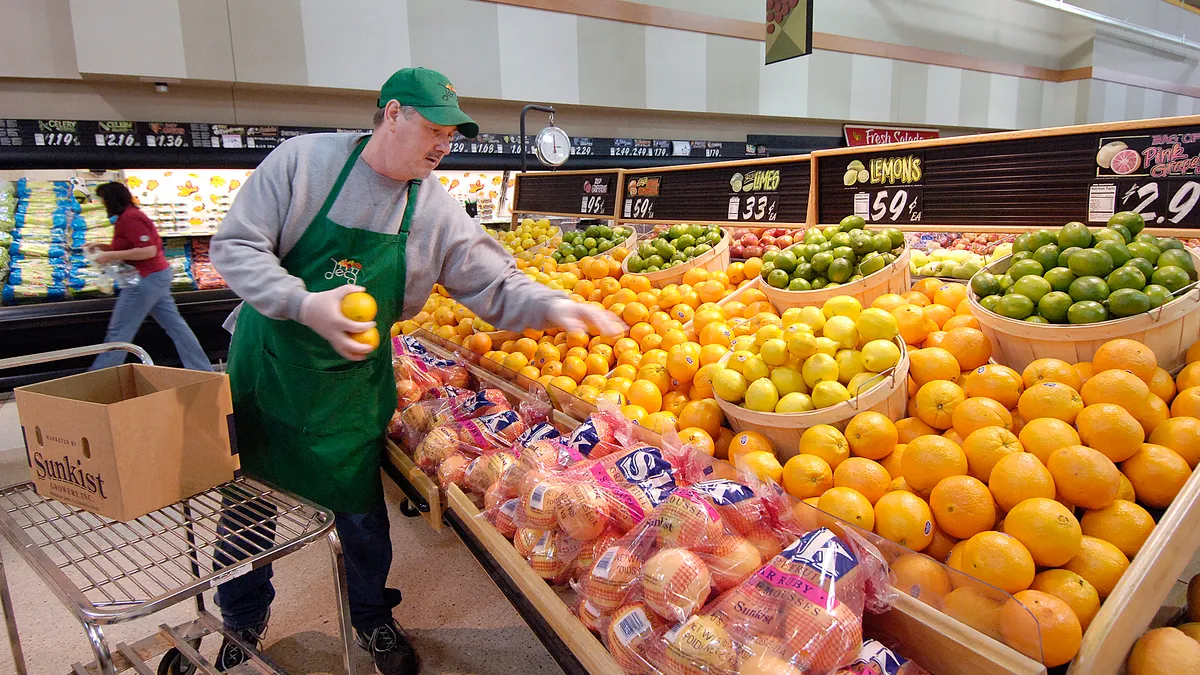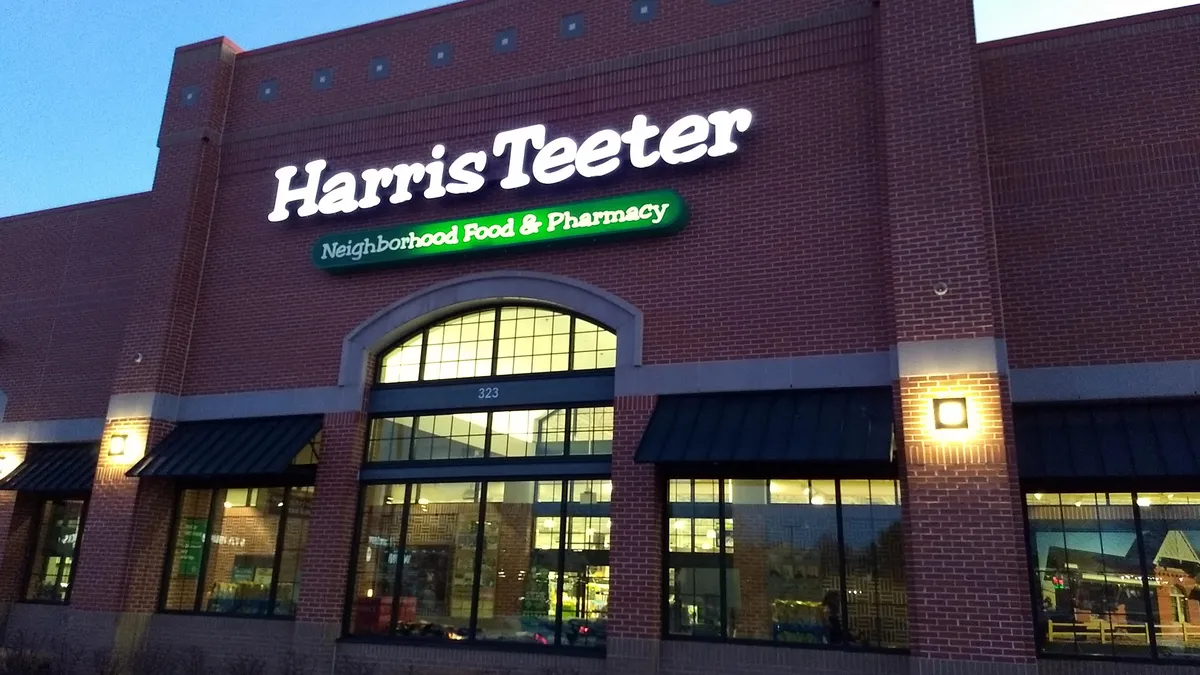Dive Brief:
- Labor management software has replaced both analog practices like whiteboards and punch clocks and older digital applications like spreadsheets for scheduling supermarket workers, reported Winsight Grocery Business.
- Systems that include a cloud-based component enable employees to view schedules at any time in any location, reducing the time managers spend on scheduling and responding to phone calls.
- Balancing the scheduling needs of the store with the personal lives of employees is a challenging task for retailers, and especially for grocers with shifting time demands and the need to provide a high level of customer service. Labor management software can help achieve that balance while creating schedules that are fair to employees and employers.
Dive Insight:
Grocery retailers increasingly rely on labor management software to fine tune their scheduling while also taking into account the preferences of store workers. The need for customer service will usually win out, but if that comes at the price of dissatisfied employees interacting with the shoppers, the law of diminishing returns kicks in. An investment in sophisticated systems that can potentially keep everyone happy will pay off in the end.
Irregular scheduling that results in “shifting shifts” is a major complaint of hourly retail workers, according to Winsight Grocery Business. Stores need the most help in the late afternoon and evening, while most workers prefer morning and early afternoon shifts. Properly used scheduling software can help retailers tailor the work hours to employees’ desires as much as possible.
Part of the software challenge is to balance the schedules of the many “little stores” within the supermarket, such as bakery, deli, meat and produce, each with their unique skill sets and traffic flow patterns. Accounting for departmental employees who jump between assignments and specialize in more than one task can compound the problem as traffic surges.
With the new software tools, retailers are attempting to keep workers happy with their schedules while at the same time maximizing their productivity.
This falls against the backdrop of significant changes in the labor market. For one, the minimum wage increased in 18 states at the beginning of the year, while the fight for a $15 minimum wage is being fought all over the country, including in Washington, D.C. As a result, some retailers may have to make do with fewer in-store associates and this will amplify the need for the greater labor efficiencies yielded by the software.
The big retailers are making big labor news. Walmart recently increased its starting hourly pay to $11 an hour and is testing a more relaxed dress code, allowing jeans for the first time and shirts of any color. Target plans to raise base employee pay from $11 to $12 an hour this year, and aims to make $15 its minimum hourly rate by 2020. Meanwhile, Kroger plans to hire 11,000 workers this year, including 2,000 managers, and will spend $500 million in the next three years to increase wages while improving worker training and development.
All this shows that one of food retailers’ biggest investments is in their employees. And while the needs of the company and the needs of employees don't always line up, technology solutions like labor management software can ensure that they do.








